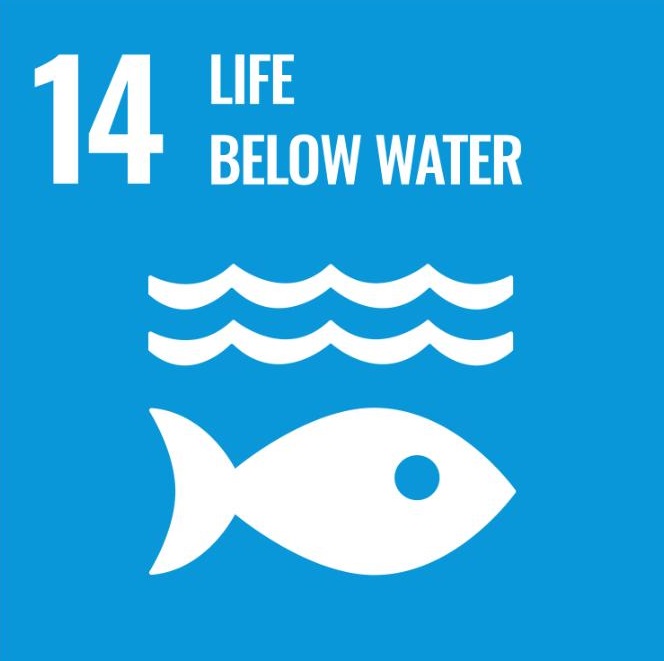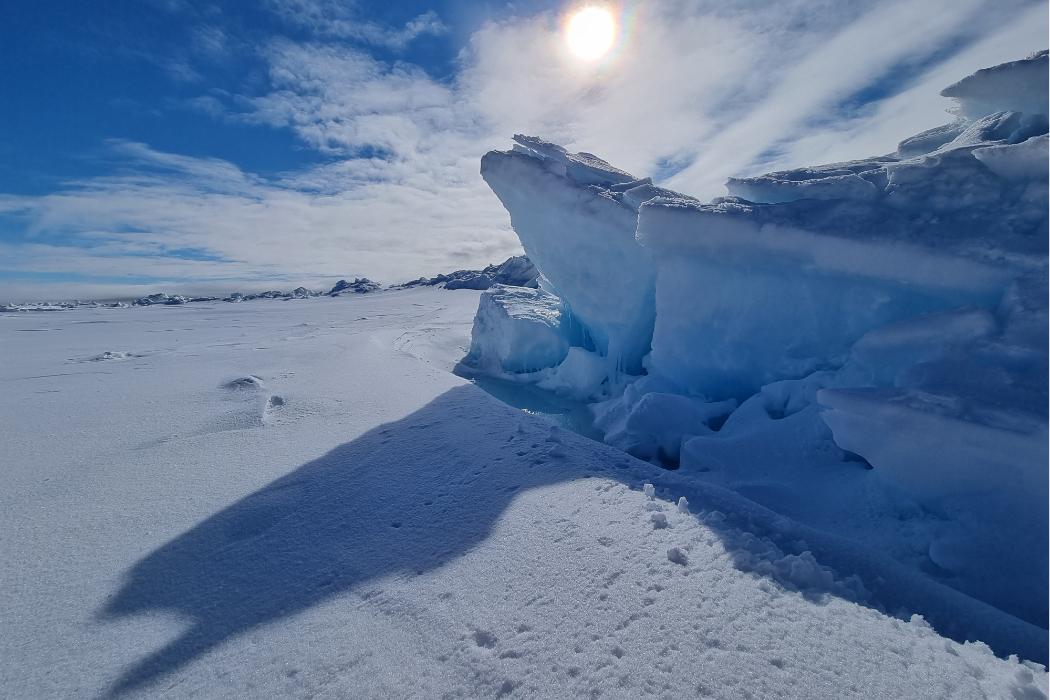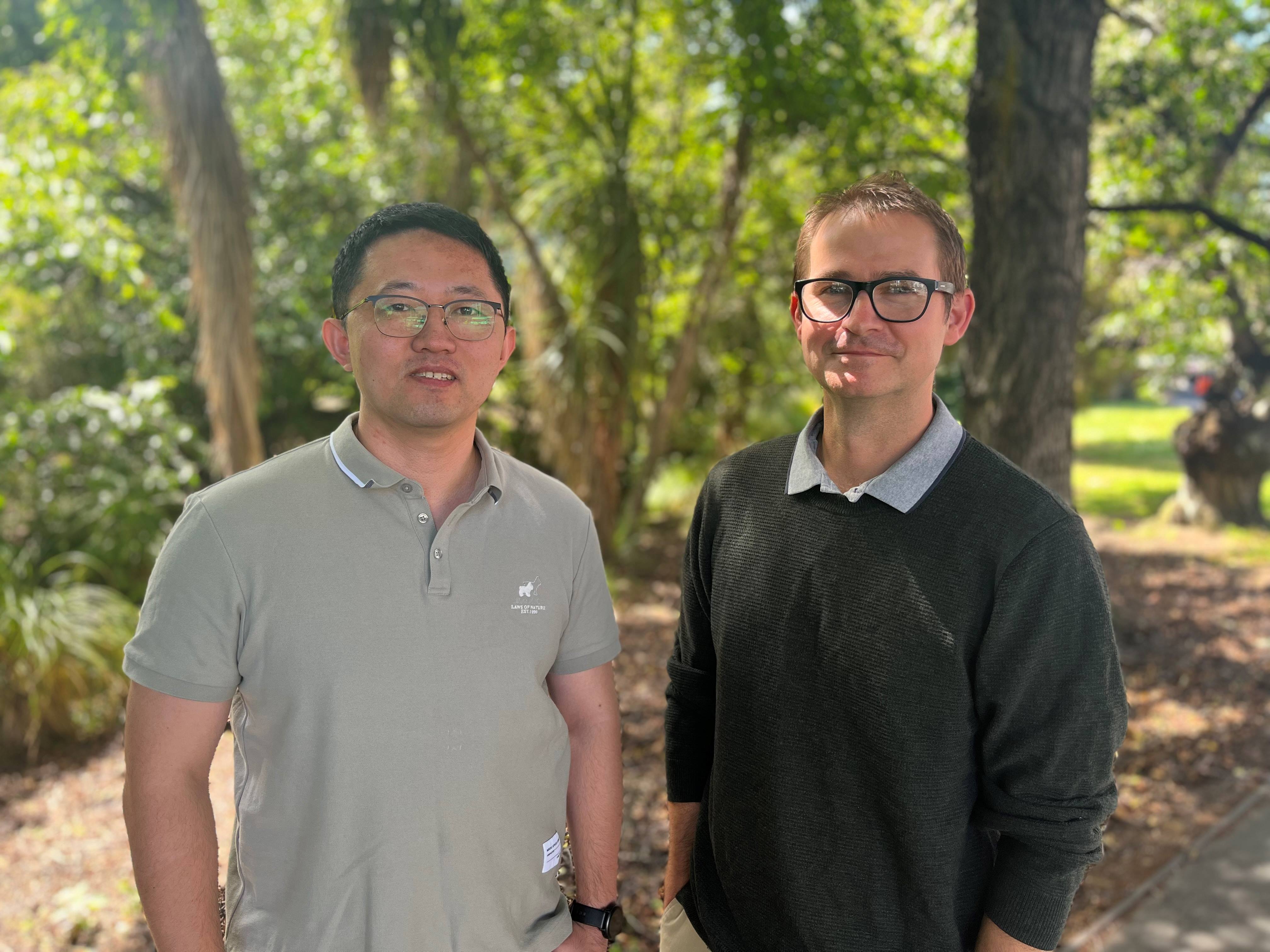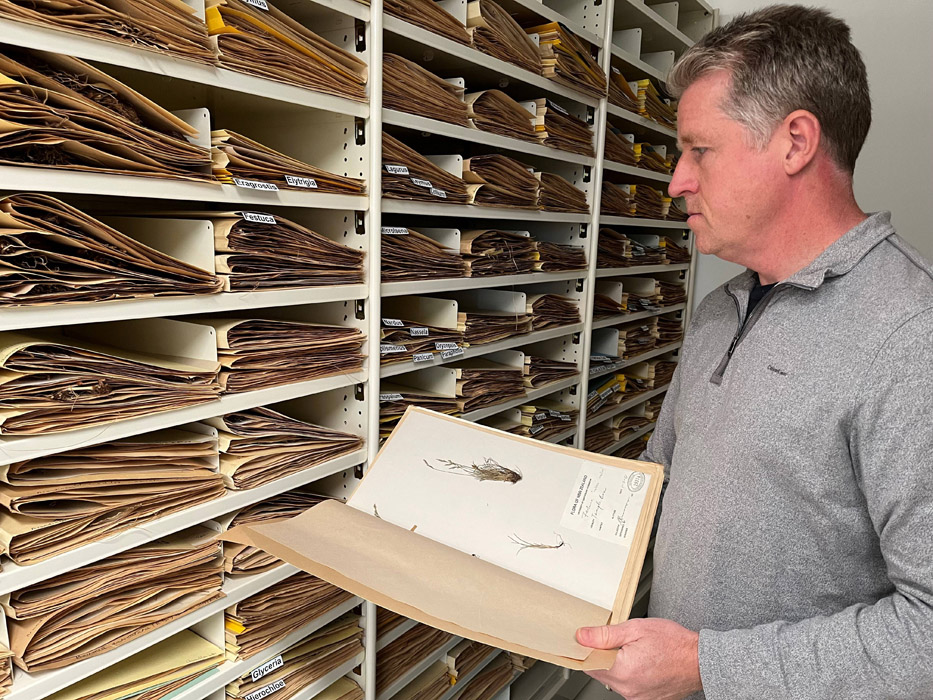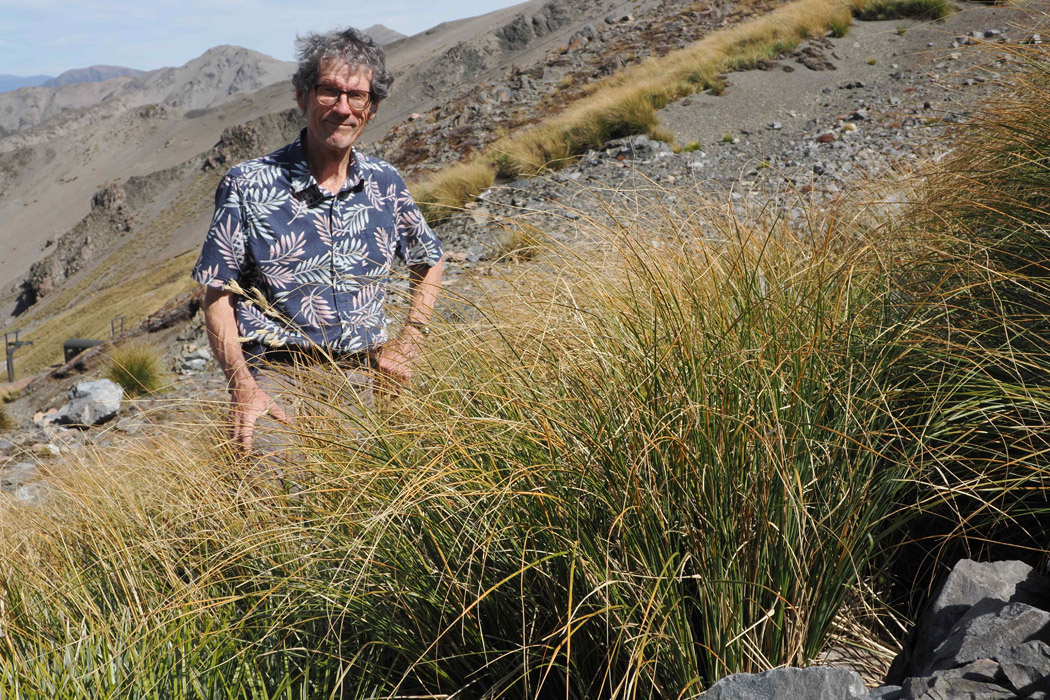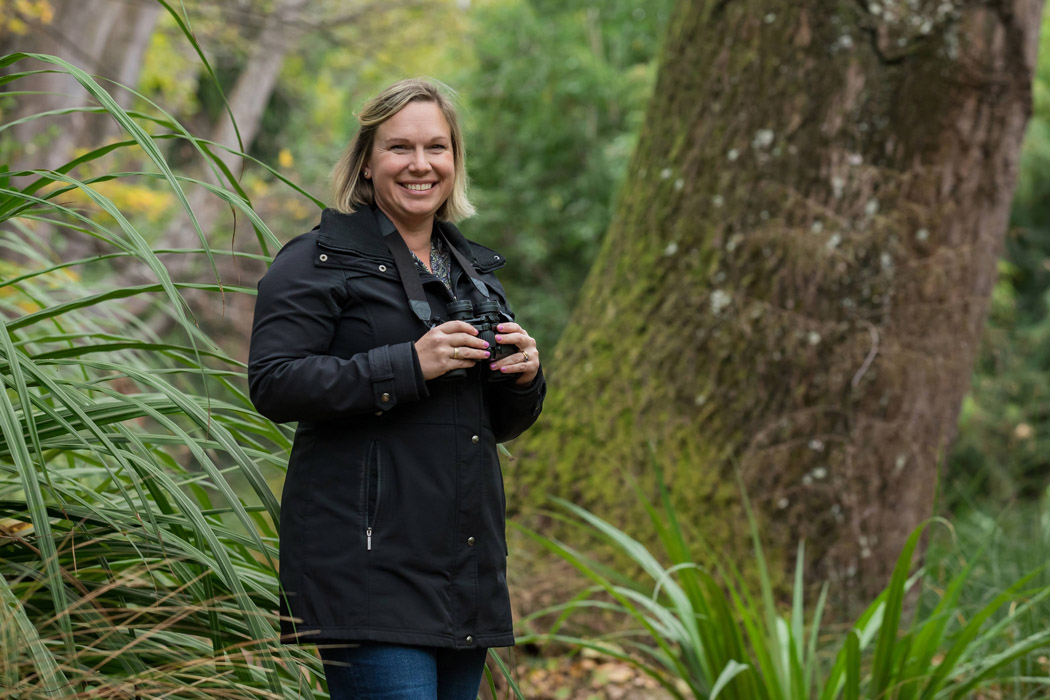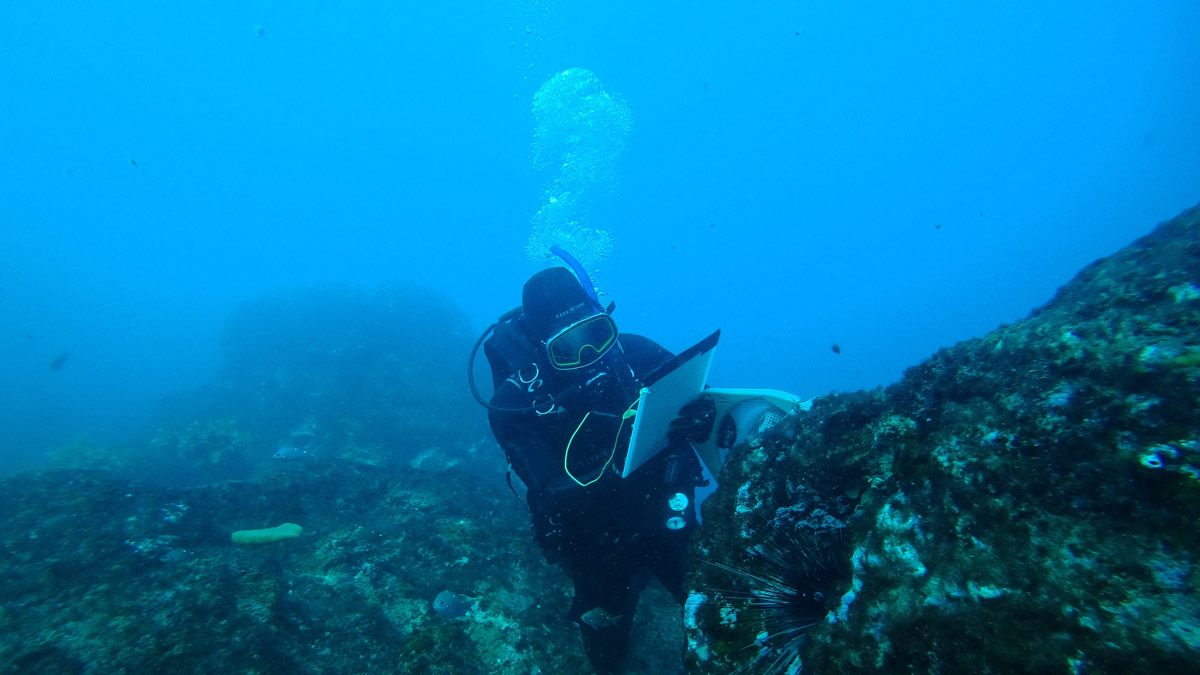The algae flourish under the sea ice in spring and summer. They then die and drop in clumps kilometres to the sea floor, carrying plastic particles with them. “Once entrapped in the algal slime, plastics travel as if in a lift directly to the seafloor or are eaten by marine animals.”
The concentration of plastic particles at the base of the food web is a threat to creatures that feed on the algae at the sea surface as well as bottom-dwelling animals in the deep sea.
The algae grow rapidly under the sea ice during spring and summer and forms metre-long cell chains there. When the cells die and the ice melts, they stick together to form clumps that can sink to the bottom of the deep sea within a single day.
The research, led by biologist Dr Melanie Bergmann from the Alfred Wegener Institute (AWI), Helmholtz Centre for Polar and Marine Research, was published in the journal Environmental Science and Technology on 21 April.
Until now, the researchers only knew from earlier measurements that microplastics concentrate in the ice during sea ice formation and are released into the surrounding water when it melts.
“We have finally found a plausible explanation for why we always measure the largest amounts of microplastics in the area of the ice edge, even in deep-sea sediment,” Dr Bergmann says.
“The speed at which the alga descends means that it falls almost in a straight line below the edge of the ice. Marine snow, on the other hand, is slower and gets pushed sideways by currents so sinks further away. With the Melosira taking microplastics directly to the bottom, it helps explain why we measure higher microplastic numbers under the ice edge,” she says.
On an expedition with the research vessel Polarstern in summer 2021, the research team collected samples of Melosira algae and the surrounding water from ice floes. The team, from Ocean Frontier Institute (OFI), Dalhousie University and the University of Canterbury, then analysed samples in the laboratory for microplastic content. The surprising result was that the clumps of algae contained an average of 31,000 ± 19,000 microplastic particles per cubic metre – about ten times the concentration of surrounding water.
The ice algae are an important food source for many deep-sea dwellers but are also an important food source at the sea surface, which could explain why microplastics were particularly widespread among ice-associated zooplankton organisms, as an earlier study with AWI participation shows. Zooplankton is eaten by fish, such as polar cod, which are eaten by seabirds and seals, and in turn by polar bears.
The analysis of plastic composition showed a variety of different plastics are found in the Arctic, including polyethylene, polyester, polypropylene, nylon, acrylic and many others. In addition to various associated chemicals and dyes, this creates a mix of substances whose impact on the environment and living creatures is difficult to assess.
“People in the Arctic are particularly dependent on the marine food web for their protein supply, for example through hunting or fishing. This means that they are also exposed to the microplastics, and chemicals contained in it,” Dr Bergman says. “Microplastics have already been detected in human intestines, blood, veins, lungs, placenta and breast milk, and can cause inflammatory reactions, but the overall consequences have hardly been researched so far.”
The Arctic ecosystem is threatened by environmental upheavals caused by the climate crisis; exposing organisms to microplastics and the chemicals they contain could weaken them further.
The team hopes international co-operation will reduce plastic production.
“Scientific calculations have shown that the most effective way to reduce plastic pollution is to reduce the production of new plastic,” says research team member Steve Allen, from Ocean Frontier Institute, Dalhousie University. “This should therefore definitely be prioritised in the global plastics agreement that is currently being negotiated.”


